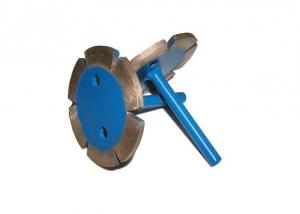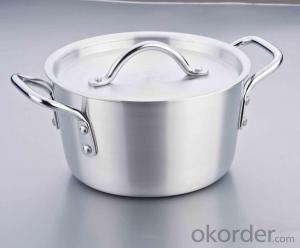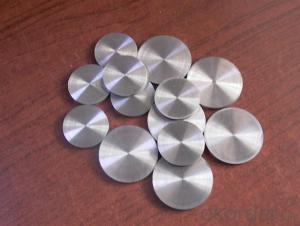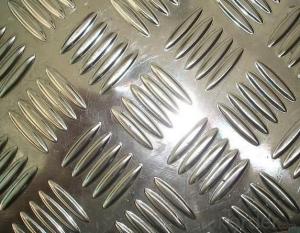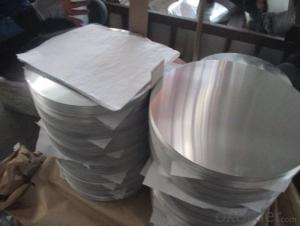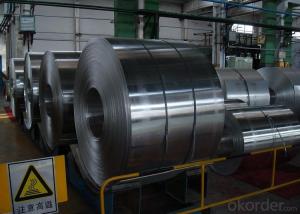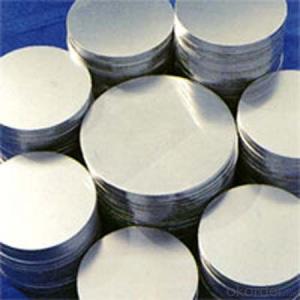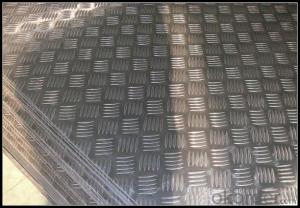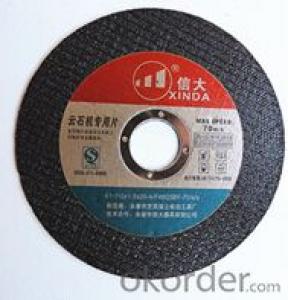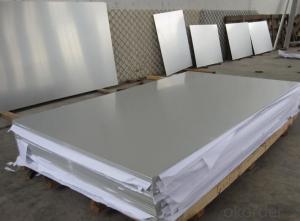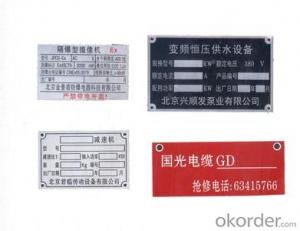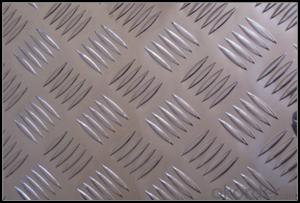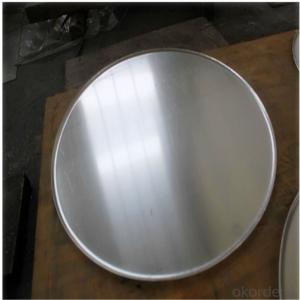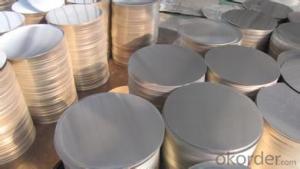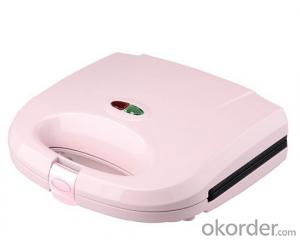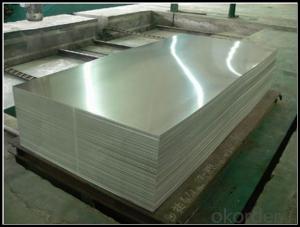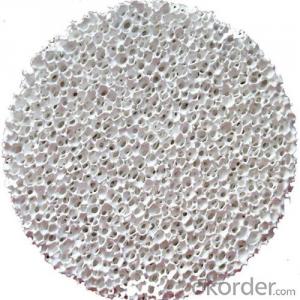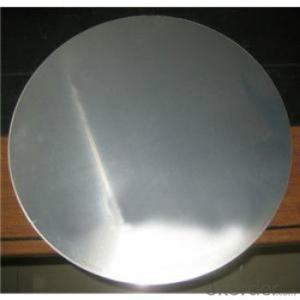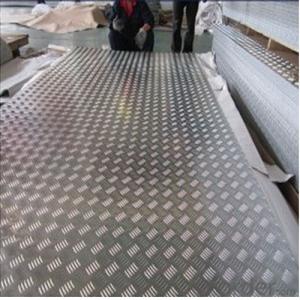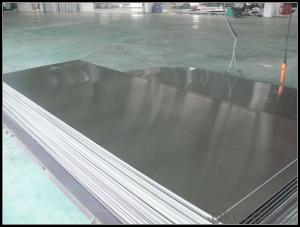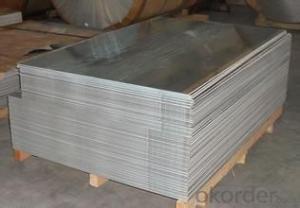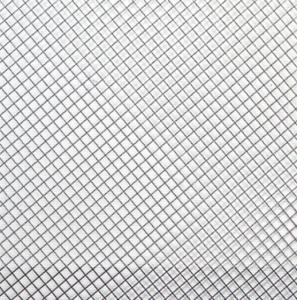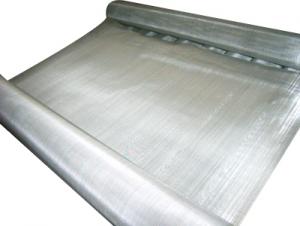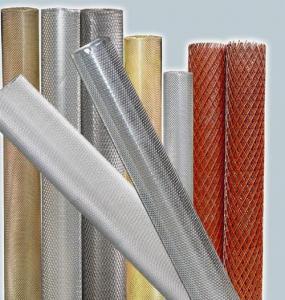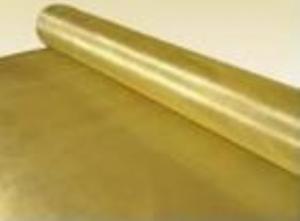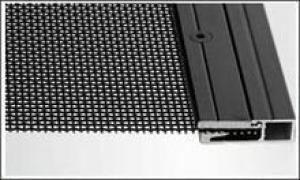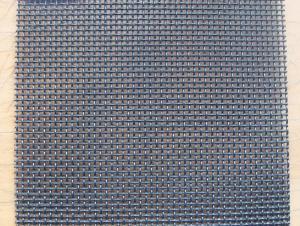Aluminum Diamond Plate Tool Box
Aluminum Diamond Plate Tool Box Related Searches
Diamond Plate Aluminum Tool Box Aluminum Diamond Plate Box Aluminum Diamond Plate Boxes Diamond Plate Box Aluminum Aluminum Diamond Plate Truck Box Aluminum Tread Plate Tool Box Aluminum Tool Plate Aluminum Diamond Plate Cabinets Aluminum Tooling Plate Polished Aluminum Diamond Plate Aluminum Diamond Plate Mailbox Aluminum Diamond Plate Panels Aluminum Diamond Plate Roll Buy Aluminum Diamond Plate Aluminum Diamond Deck Plate Welding Aluminum Diamond Plate Aluminum Dimond Plate Aluminum Black Diamond Plate Aluminum Diamond Plate Pegboard Aluminum Diamond Tread Plate Aluminum Diamond Plate Polish Diamond Checker Plate Aluminum Diamond Plate Aluminum Polish Aluminum Sheet Diamond Plate Aluminum Diamond Plate Cooler Cheap Aluminum Diamond Plate Aluminum Diamond Plate Fuel Tank Aluminum Diamond Plate Strips Diamond Plate Sheet Aluminum Aluminum Diamond Plate MaterialAluminum Diamond Plate Tool Box Supplier & Manufacturer from China
Aluminum Diamond Plate Tool Boxes are sturdy and durable storage solutions designed to organize and protect a wide range of tools and equipment. These boxes are crafted from high-quality aluminum, featuring a diamond plate pattern that not only adds to their aesthetic appeal but also enhances their resistance to wear and tear. The aluminum construction ensures that these tool boxes are lightweight, yet strong enough to withstand the rigors of daily use in various environments.The application and usage scenarios for Aluminum Diamond Plate Tool Boxes are vast, making them a popular choice among professionals and enthusiasts alike. They are commonly used in workshops, garages, and construction sites to keep tools organized and protected from damage. Additionally, these tool boxes are ideal for automotive and industrial settings, as well as for outdoor activities such as camping and fishing, where a reliable and secure storage solution is essential. The versatility of these tool boxes makes them a valuable addition to any toolbox collection.
Okorder.com is a leading wholesale supplier of Aluminum Diamond Plate Tool Boxes, offering a large inventory of these high-quality storage solutions. With a commitment to providing top-notch products at competitive prices, Okorder.com ensures that customers can find the perfect tool box to suit their needs. Their extensive inventory allows for a wide range of options, catering to different preferences and requirements. By choosing Okorder.com as your supplier, you can be confident in the quality and reliability of your Aluminum Diamond Plate Tool Boxes.
Hot Products


